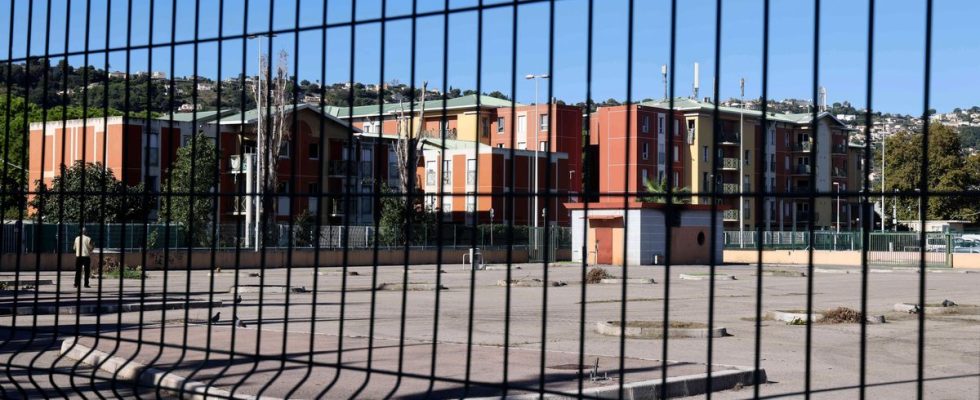Thermal insulation is not there in social housing. This is the finding drawn up by a study by the National Social Housing Control Agency (Ancols) published this Tuesday. It shows that 6% of the social stock had an F or G energy label on January 1, 2022, corresponding to thermal strainers.
According to this study, 1% of the social housing stock, or approximately 50,000 housing units, corresponded to label G, the least efficient, and 5% to label F. Social landlords do not escape the timetable set by the Climate and resilience of 2021, which plans to prohibit the rental or re-rental of the most energy-intensive housing: those labeled G from 2025, then F in 2028 and E in 2034.
The E label represents 15% of the social stock, made up of around five million housing units, according to this study. More than two thirds of the stock are labeled C (33%) or D (38%), while the most efficient energy classes are very under-represented, with respectively 1% of A and 5% of B housing, the vast majority of which are built after 2010.
Small areas penalized
The energy renovation of housing is essential to achieve France’s greenhouse gas emissions targets, enabling substantial energy savings in the process.
Smaller social housing units are more likely to be thermal sieves (8% of T1s classified F or G), the method of calculating energy performance diagnostics penalizing small areas. Individual housing, uncommon in social housing, is also more affected (11%), notes Ancols.
Thermal strainers are much rarer in the southern and western departments of France. One of the causes is that social housing is on average more recent in these areas, but this is not enough to explain all the difference, notes Ancols, without detailing possible additional causes.

